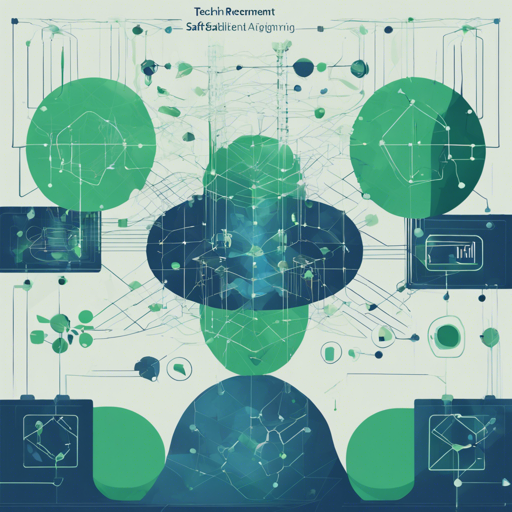Welcome to the fascinating world of Safe Reinforcement Learning (SRL), where the quest for learning optimal policies meets the necessity of ensuring system stability. In this article, we will explore how to get started with an SRL library that provides stability guarantees, ensuring that your reinforcement learning models not only learn effectively but also operate within safe parameters.
What is Safe Reinforcement Learning?
Safe Reinforcement Learning is a specialized area within machine learning focused on developing algorithms that protect against undesirable behaviors while learning from interactions with an environment. Essentially, it incorporates methods to guarantee that the learned policies don’t lead to catastrophic outcomes. Imagine training a robot to navigate a busy street; safety is paramount as it learns to avoid pedestrians and obstacles.
Getting Started with the Library
To embark on your journey with this SRL library, follow these easy steps:
- Ensure you have Python installed on your machine (versions 2.7 or 3.5 are supported).
- Install the required dependencies by running:
pip install pip==18.1pip install numpy==1.14.5 - Clone the repository:
git clone https://github.com/befelix/safe_learning - Install the library:
pip install . --process-dependency-links
Testing Your Installation
To run tests and ensure everything is functioning, you’ll need to execute the following command:
pip install .[test] --process-dependency-linksNote that the flag –process-dependency-links is essential for installing certain dependencies, like gpflow==0.4.0, which aren’t available on PyPi. If you already have this version installed, you may skip this flag.
Understanding the Code with an Analogy
Let’s think of the learning process as nurturing a plant. In this analogy, the plant represents your reinforcement learning model, and the watering strategy symbolizes the policy you are implementing.
- Region of Attraction: This is akin to determining how far from the plant you can go while still ensuring it gets enough water to thrive. In reinforcement learning, it identifies the states from which you can return to a stable state.
- Optimizing Policy: Just like adjusting the watering schedule and amount based on the plant’s growth and local weather conditions, you will optimize your learning policy considering stability constraints, ensuring that the learning process remains safe throughout.
Examples and Additional Resources
Within the library, you’ll find example Jupyter notebooks and experiments demonstrating how stability constraints are applied in real-world scenarios. These can be located in the examples folder.
Troubleshooting
If you encounter issues during installation or usage, here are a few troubleshooting tips:
- Ensure you are using the correct versions of Python and libraries as mentioned.
- Check your internet connection if downloading dependencies fails.
- Make sure to run commands in your command line interface (CLI) with appropriate permissions, using sudo if necessary.
For more insights, updates, or to collaborate on AI development projects, stay connected with fxis.ai.
Conclusion
At fxis.ai, we believe that such advancements are crucial for the future of AI, as they enable more comprehensive and effective solutions. Our team is continually exploring new methodologies to push the envelope in artificial intelligence, ensuring that our clients benefit from the latest technological innovations.

